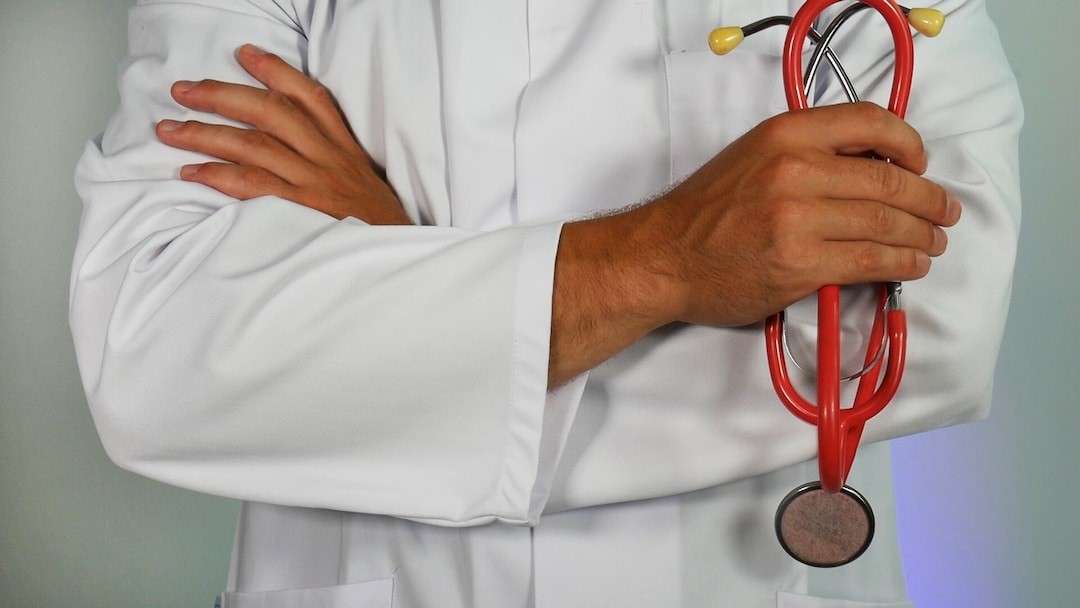Chances are, you may have heard of Arduino in passing. But what exactly is it and how has it been influential in medical and healthcare projects?
What is Arduino?
Arduino is an open-source platform widely used in the fields of robotics, home automation, and computing. This platform allows the creation of electronic objects with electronic boards equipped with microcontrollers.
What are the advantages of Arduino for medical projects?
- It’s cheap – First things first, Arduino boards are cheap compared to other platforms. In fact, they are so affordable that the cheapest model can be assembled by hand, and the most expensive ones cost less than $50. Yet you can still use it to control electrical appliances by Bluetooth, for example.
- You don’t need special coding skills to use it – The Arduino was created to make programming easy, which means that you don’t have to be a top coder to use one. It’s designed to be simple and accessible, so some basic knowledge is enough. To refine your skills, there are a plethora of Arduino kits on the market to help you get up and running with Arduino.
- It’s open source – As it’s open source, this means that you can grow and develop projects faster as everyone can access and contribute.
- It works cross platforms – One of the great things about Arduino for medical projects is that it works on all platforms. Whether you prefer Macintosh, Windows or Linux, you can still access it.
What are the top five medical projects that use Arduino?
As well as programming lights to turn off and on via Bluetooth, Arduino has much wider uses. In fact, Arduino has been hugely beneficial in revolutionary healthcare projects that you may not expect. Including but not limited to:
- Health Care Systems
Kicking off the top five medical projects in which Arduino is being used is measuring body parameters such as ECG, temperature, moisture, and heartbeat. With increased pressure on hospital staff, it’s important for saving time and ensuring patients get access to the care they need.
- Taking care of the elderly
Another innovative project made possible by Arduino is how we take care of our elderly residents who need additional care. For example, should an elderly person fall, scream or make any loud noises, you can be alerted so that help can arrive quickly, which is saving the lives of elderly people living alone.
- Heart health
Arduino can even be used to monitor cardiac health, effectively measuring a patient’s beats per minute.
- Crying baby detectors
For all the parents out there, Arduino helped create a revolutionary baby monitor. As well as notifying you that your baby is crying, it also helps to soothe your child and send them back to sleep.
The result? More beauty sleep for parents!
- Self-stabilising spoon for Parkinson’s sufferers
Last but not least, Arduino has changed the lives of many individuals suffering from Parkinson’s. Thanks to the easy coding program, medical professionals have been able to create a self-stabilizing spoon for those who are unable to control their shaking whilst eating.
The bottom line is that Arduino has been hugely influential in the healthcare profession when it comes to improving the lives of people and medics across the world. From helping monitor hospital patients to babies and even the elderly – there’s virtually nothing Arduino can’t do.
Read Also: Health Guide: How To Limit The Development Of Chronic Diseases
















